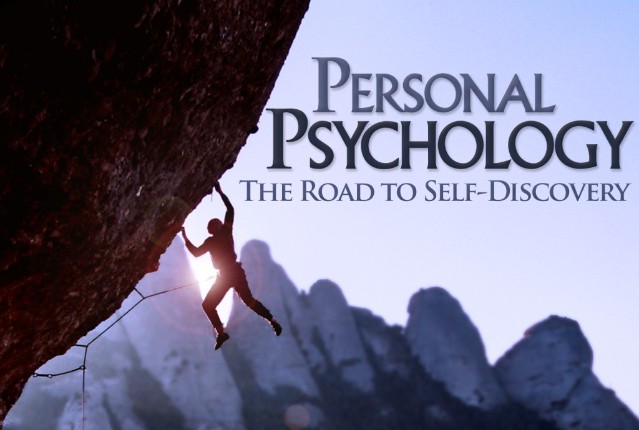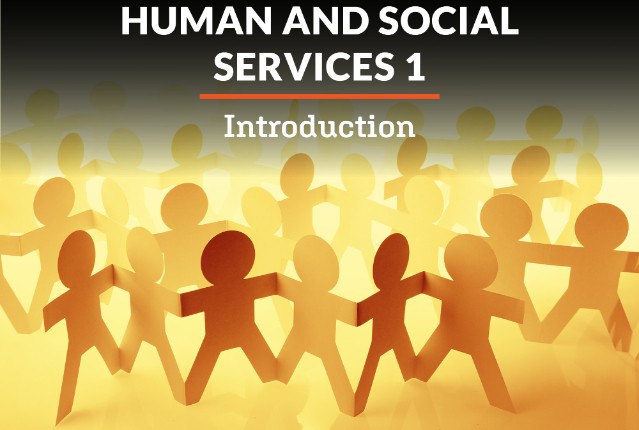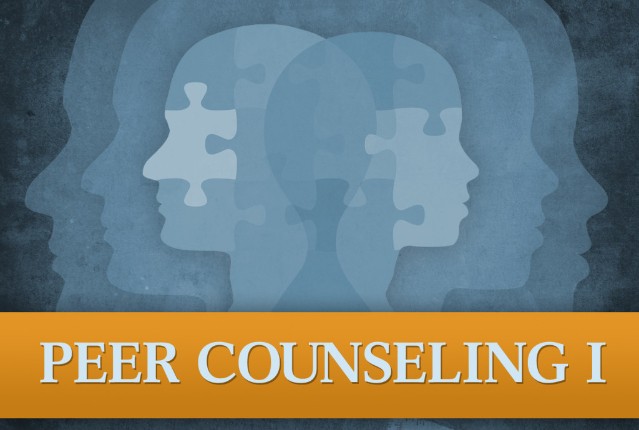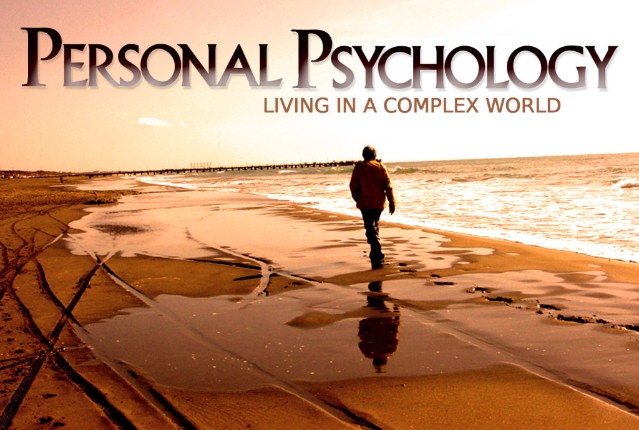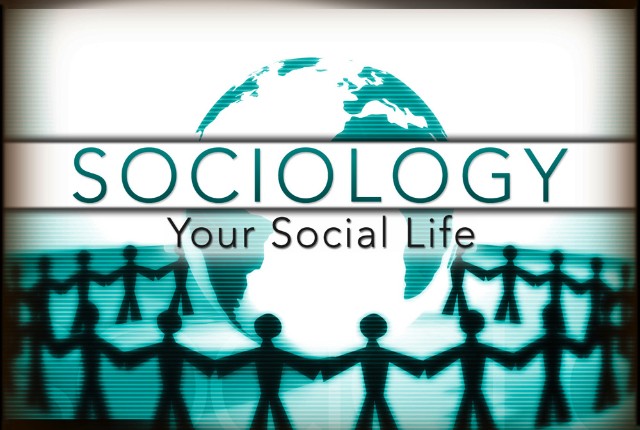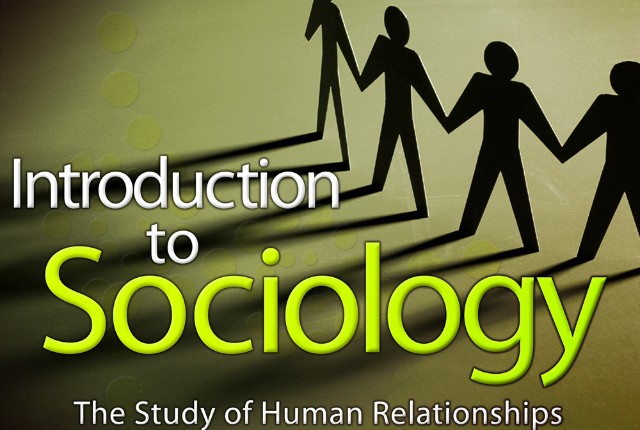The human psyche is fascinating and tremendously complex. Why is it that some people are naturally shy, while others are more outspoken? Why do we sometimes say things “without thinking?” Why do people react the way they do in certain situations? All of these questions (and many more) can be answered through a scientific study of the human mind known as psychology. By studying the details of this compelling field, we give ourselves the tools to better understand our own feelings, reactions, and motivations. And, as a result, we are able to govern ourselves more wisely and develop healthier mental habits. All of this knowledge leads to improved learning, increased engagement, and healthier personal relationships. Psychology is the key to illuminating the shadows of the human mind, and the best way to learn who you really are. Are you ready?
What will you learn in this unit?
- Describe the role of psychologists and how they differ from psychiatrists
- Explain the importance of psychology, including its history
- Compare six current psychological perspectives
- Understand the origins and subfields of psychology
